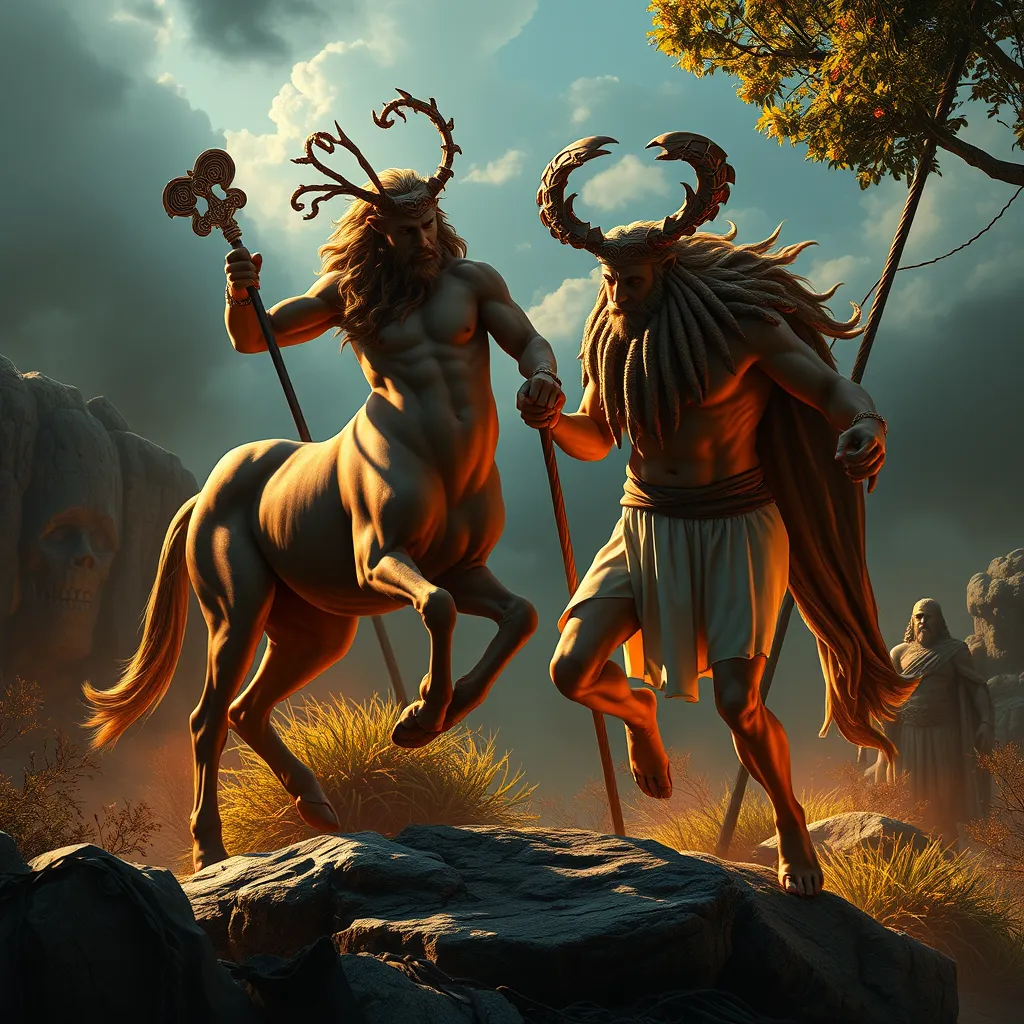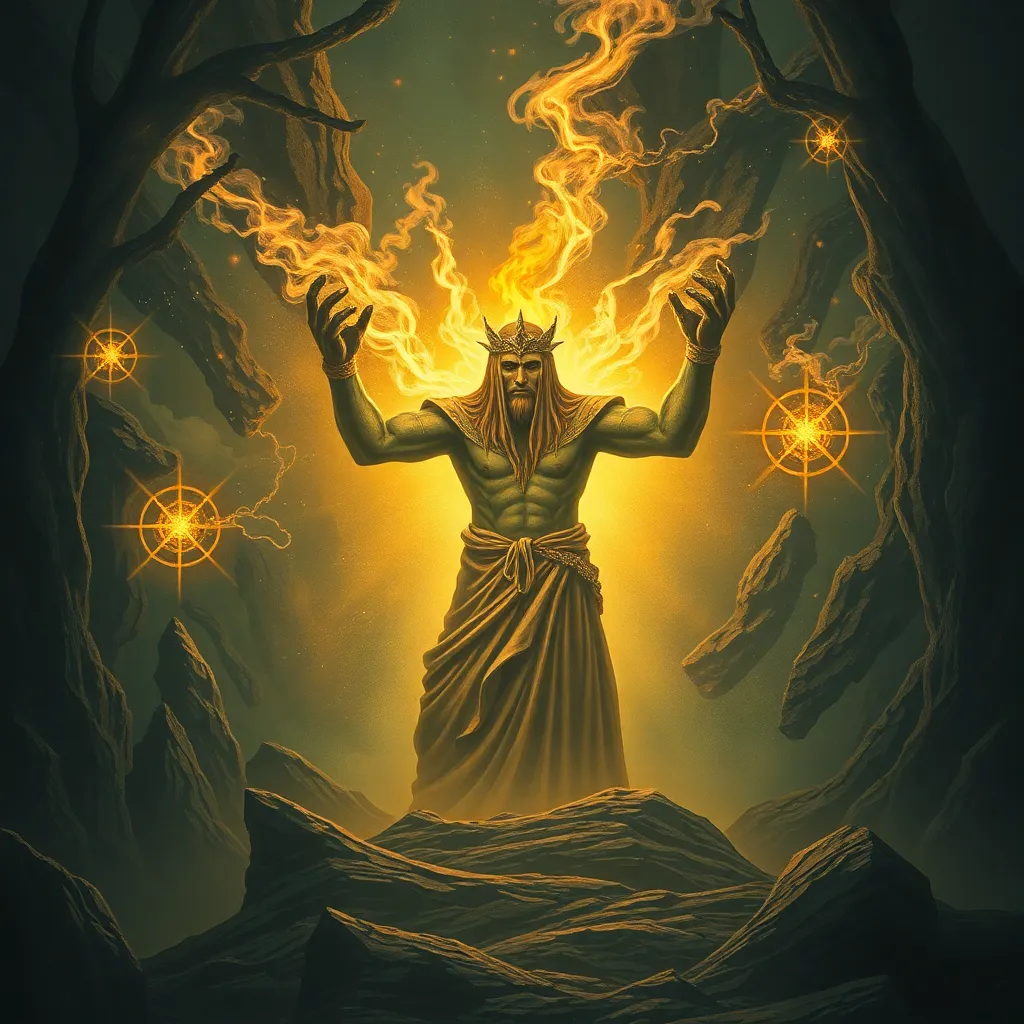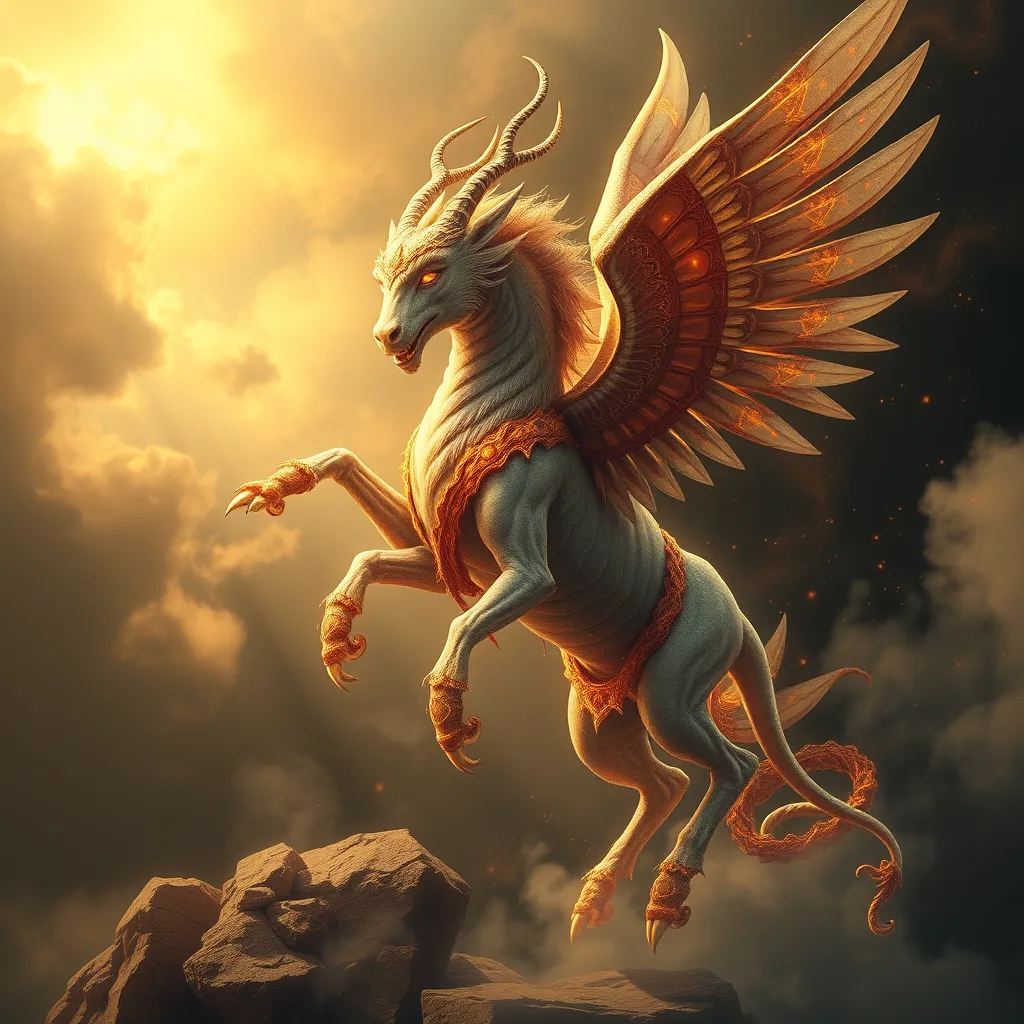The Centaur and the Hero: The Relationship between Heracles and the Centaurs
I. Introduction
In the rich tapestry of Greek mythology, few figures stand as tall as Heracles, also known as Hercules in Roman mythology. Celebrated as a cultural hero, Heracles embodies the ideals of strength, bravery, and perseverance. His legendary exploits, ranging from slaying the Nemean Lion to capturing the Golden Hind, have cemented his status in mythological history.
On the other hand, Centaurs, the half-human, half-horse creatures, represent a fascinating duality between civilization and barbarism. Often depicted as wild and unruly, they contrast sharply with the heroic ideals embodied by figures like Heracles. The interactions between Heracles and the Centaurs reveal not only the complexities of heroism but also the broader themes of conflict, mentorship, and tragedy that permeate Greek mythology.
II. The Nature of Centaurs in Greek Mythology
A. Description and characteristics of Centaurs
Centaurs are typically depicted as having the upper body of a human and the lower body of a horse. This unique form symbolizes the tension between human intellect and animalistic instincts. They are often portrayed as strong, robust beings, embodying both physical prowess and a certain wildness.
B. Symbolism of Centaurs: the duality of civilization and barbarism
Centaurs symbolize the struggle between civilization and barbarism. On one hand, they represent primal instincts and untamed nature, while on the other, they are capable of intellect and culture. This duality is central to their role in myths, where they often embody the consequences of succumbing to base desires versus adhering to societal norms.
C. Role of Centaurs in Greek myths and literature
Centaurs appear throughout Greek mythology, often serving as antagonists or chaotic forces. They are involved in key narratives, such as the battle at the wedding of Pirithous and Hippodamia, where their unruly behavior leads to conflict. Their representation in literature illustrates the tension between order and chaos in human society.
III. Heracles: The Archetypal Hero
A. Origins and parentage of Heracles
Heracles is the son of Zeus and Alcmene, a mortal woman. His divine heritage grants him extraordinary strength and abilities, but it also subjects him to the whims of the gods, particularly the jealousy of Hera, Zeus’s wife. This tumultuous relationship shapes much of Heracles’ journey.
B. Overview of Heracles’ legendary feats and trials
Heracles is renowned for completing the Twelve Labors, a series of seemingly insurmountable tasks assigned to him as penance. These labors include:
- Slaying the Nemean Lion
- Slaying the nine-headed Lernaean Hydra
- Capturing the Golden Hind of Artemis
- Capturing the Erymanthian Boar
Each labor tests Heracles’ strength, intelligence, and moral fiber, showcasing his heroic qualities.
C. Heracles as a figure of strength and moral complexity
Heracles is not merely a symbol of brute strength; he embodies moral complexity. His labors are often tied to themes of redemption and the struggle against one’s nature. His journey reflects the human condition, marked by triumphs and failures, and the pursuit of virtue amidst chaos.
IV. Initial Encounters: Heracles and the Centaurs
A. The early interactions between Heracles and Centaurs
Heracles’ initial encounters with Centaurs are marked by conflict and misunderstanding. While some Centaurs, like Chiron, are noble and wise, others are brutish and unruly. This distinction highlights the varying nature of Centaurs and foreshadows the complexities of Heracles’ relationships with them.
B. Key narratives involving Heracles’ confrontations with Centaurs
One of the most notable stories involves Heracles’ encounter with the Centaurs at Pholus’ cave. Here, the hero seeks shelter and inadvertently ignites a conflict that leads to a tragic battle. The clash exemplifies the chaotic nature of Centaur interactions and Heracles’ role as a mediator turned combatant.
C. Analysis of the themes of conflict and camaraderie
The interactions between Heracles and the Centaurs often oscillate between conflict and camaraderie. While they can be adversaries, there are moments of mutual respect and understanding, particularly with the more civilized Centaurs. This duality illustrates the broader themes of coexistence and the struggle between order and chaos.
V. The Centaur Chiron: Mentor and Guide
A. Introduction to Chiron and his unique status among Centaurs
Chiron stands apart from other Centaurs due to his wisdom and nobility. Unlike his fellow Centaurs, Chiron is known for his knowledge of medicine, music, and prophecy. He represents the civilized aspect of Centaur nature, embodying the potential for harmony between human intellect and animal strength.
B. Chiron’s role as a mentor to Heracles
Chiron serves as a mentor to Heracles, guiding him through the complexities of heroism. He teaches Heracles the arts of healing and music, providing him with skills that complement his physical prowess. This mentorship is crucial for Heracles’ development, shaping his character and moral compass.
C. The significance of their relationship in Heracles’ development
Heracles’ relationship with Chiron highlights the importance of mentorship in the hero’s journey. Chiron’s guidance helps Heracles navigate the challenges he faces, reinforcing the idea that even the mightiest heroes require wisdom and support to achieve greatness.
VI. The Tragic Conflict: Heracles and the Centaur Battle
A. Overview of the battle between Heracles and the Centaurs at Pholus’ cave
The battle at Pholus’ cave serves as a tragic turning point in the relationship between Heracles and the Centaurs. After consuming wine, the Centaurs become intoxicated and aggressive, leading to a violent confrontation with Heracles. This clash underscores the chaotic nature of Centaur existence and the fragility of peace between them and humans.
B. Analysis of the causes and consequences of the conflict
The conflict arises from a combination of factors, including the Centaurs’ inherent wildness and the misunderstandings that escalate tensions. The consequences are dire; many Centaurs perish, and the harmonious potential between humans and Centaurs is shattered. This battle reinforces the themes of tragedy and the consequences of unchecked impulses.
C. Exploration of the themes of misunderstanding and tragedy
The battle exemplifies the tragic consequences of misunderstanding. Heracles, despite his heroic intentions, becomes an agent of destruction, mirroring the duality of his character. The tragedy lies in the lost potential for coexistence and the inevitable conflict that arises from the clash of civilizations.
VII. The Legacy of Heracles and the Centaurs
A. The impact of their relationship on later mythological narratives
The relationship between Heracles and the Centaurs has left a lasting impact on subsequent mythological narratives. Their stories inform the archetype of the hero facing chaotic forces, a theme that resonates throughout literature and art.
B. Heracles as a symbol of heroism and its complexities
Heracles embodies the complexities of heroism, illustrating that strength is often accompanied by moral ambiguity and the struggle against inner demons. His interactions with the Centaurs highlight the challenges heroes face in reconciling their nature with societal expectations.
C. The enduring cultural representations of Centaurs in art and literature
Centaurs continue to be prominent figures in art and literature, representing the tension between civilization and barbarism. Their portrayal in various forms, from ancient sculptures to modern films, reflects the ongoing fascination with their duality and the lessons they impart about human nature.
VIII. Conclusion
The relationship between Heracles and the Centaurs is a complex tapestry woven with themes of conflict, camaraderie, mentorship, and tragedy. Both figures represent dualities that are central to the human experience—strength versus chaos, civilization versus barbarism. Their stories not only contribute to the richness of Greek mythology but also offer timeless reflections on the nature of heroism and the complexities inherent in the human condition.
As modern interpretations of heroism continue to evolve, the legacies



